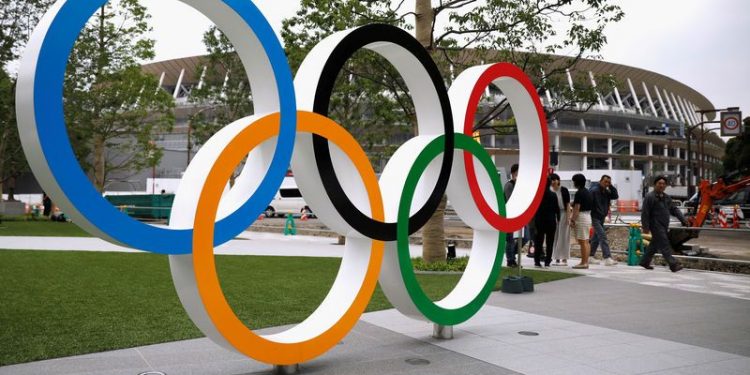Piyush Ranjan Rout
This year, the Summer Olympics returns to Asia. The host city, Tokyo in Japan, has involved its citizens to address climate change and sustainability in its infrastructure development for the global event. These innovations can also be adopted by other cities looking to mitigate climate risks.
Two interesting details that will form part of the 2020 Games are uniforms made from recycled plastic and cool zones for pedestrians. These can become regular features not only in Japanese cities but also elsewhere in the world.
The International Olympic Committee’s (IOC) sustainability strategy seeks to maximise the use of existing facilities and to ensure that new constructions benefit local communities. It also aims to limit the event’s greenhouse gas emissions.
Tokyo is building few new facilities and the stadia where the opening and closing ceremonies will be held will be constructed using sustainably sourced timber. All medals will be made from metal extracted from recycled consumer electronics, including about 6.2 million used mobile phones. The Olympic torch is made from aluminum waste, and the podiums from recycled household and marine plastic waste. Electricity for the Games will come from renewable sources.
The challenge is also to limit the impact of high humidity and temperatures in Japan that commonly exceed 30 degrees Celsius (86F) in July and August. The measures the host is taking to overcome the challenge include asking companies and the public to cover buildings with plants, vapour sprays, sprinkling water on the ground, and ensuring shaded areas and cool zones in the city.
Even timings of some events will be adjusted for the heat, with innovations such as heat minimising pavements and a resin-based material that can reflect infrared rays to cut road surface temperature by as much as 8C.
The Tokyo Games should inspire Bhubaneswar to draw up its roadmap for the Men’s Hockey World Cup 2023 which it is co-hosting with Rourkela. With just three more years to go for the event, both cities need to be readied for the mega event.
A set of questions put to people who visited Bhubaneswar for the Hockey Men’s World Cup last time elicited some interesting pointers. About 27 per cent respondents planned to visit Goa and Rajasthan before returning home after the event; among these respondents, 25 per cent, however, had no knowledge of Konark or the beaches of Odisha. Only 20 per cent of them had a plan to visit Dhauli Giri. When the respondents were shown pictures of key tourist destinations in the state, 92 per cent of them were surprised and acknowledged that they did not know about these places. All respondents did say that their view about Odisha and Bhubaneswar had changed since their visit. Other statistics collected informally also showed that the Dot Fest organised around the World Cup attracted footfall of 5 lakh in 16 days.
The World Cup would have been the biggest citizen connect event if the Fan Village or Giant Screen had been installed in parks or gardens beyond the stadia and it would have been a big hockey carnival.
The biggest mistake last time was that Bhubaneswar was not given due credit for being the host city. Too much emphasis was on Odisha, which degraded the brand potential of the host city. At the same time, the tickets that were sold to visitors did not carry any image highlighting the tourist potential of Odisha, although boosting tourism was the main goal behind hosting the game.
The Hockey World Cup could have benefited Bhubaneswar. But the possible infrastructure benefits were grossly ignored, be it fixing cycling or pedestrian lanes, developing public spaces, or raising foot overbridges. The drive for a revamp vanished from the city along with end of the event. The only success stories to show are in public transport and in getting another opportunity to host the Hockey World Cup in Bhubaneswar.
Questions will always be asked what Bhubaneswar really got out of the last Hockey World Cup. Hopefully the mistakes of 2018 will not be repeated in 2023.
–The writer is an Urban Management Practitioner. He can be reached on twitter @piyushrout.







































